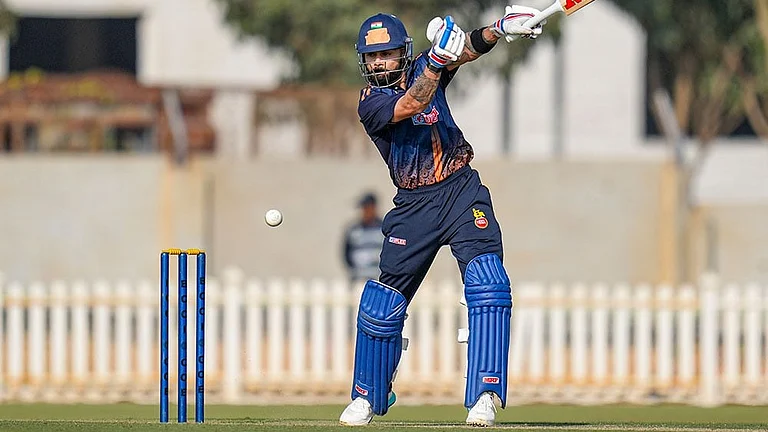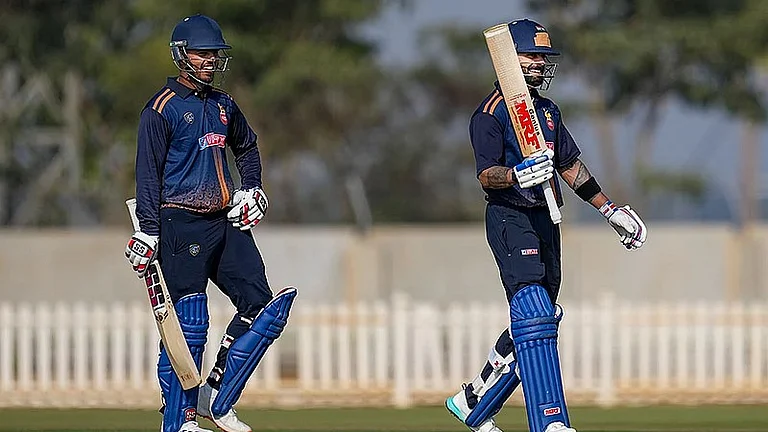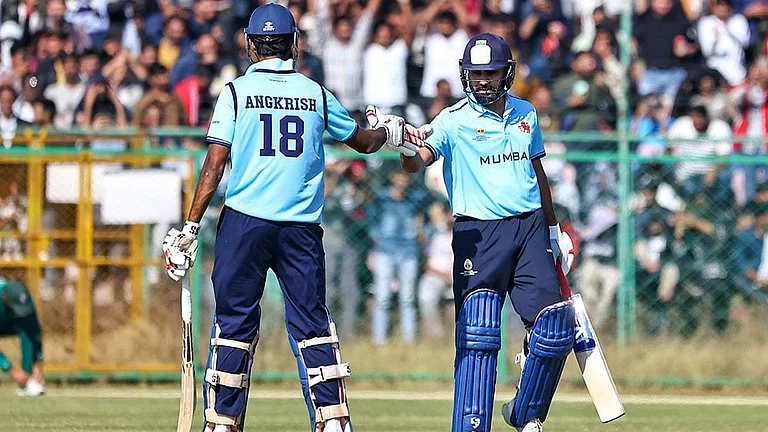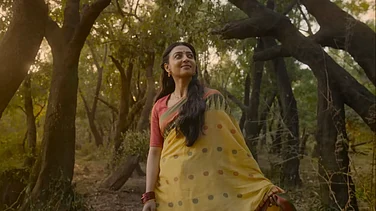When Divya Rao, erstwhile member of the creative team of UTV Motion Pictures, chanced upon a small newspaper write-up on an ageing Haryana wrestler, Mahavir Singh Phogat, and visualised the potential for a gripping biopic on his life story way back in 2012, she could hardly have anticipated that her small idea would become the highest-grossing film in the history of Indian cinema five years later.
Dangal, Aamir Khan’s spectacular hit, has been breaking box-office records left, right and centre since its Christmas release. With a business of more than Rs 385 crore in the domestic circuit alone so far, it has infused a fresh lease of life into the 104-year-old industry, reeling under demonetisation in the past few months.
Dangal is believed to have benefited everyone associated with the film. And yet, Walt Disney Productions, which has co-produced the film with Aamir Khan Productions, seems set on its decision to opt out of the movie production business altogether in Bollywood. As of now, Ranbir Kapoor-Katrina Kaif’s Jagga Jasoos, slated for an April 2017 release, may well be the last Hindi movie to roll out from the famed Hollywood stable, which had acquired UTV Motion Pictures in 2012. And Disney is only following the script of other Hollywood studios—with many of them, having entered Bollywood at a time when the industry was overhauling its financial model, being unable to stay in the game.
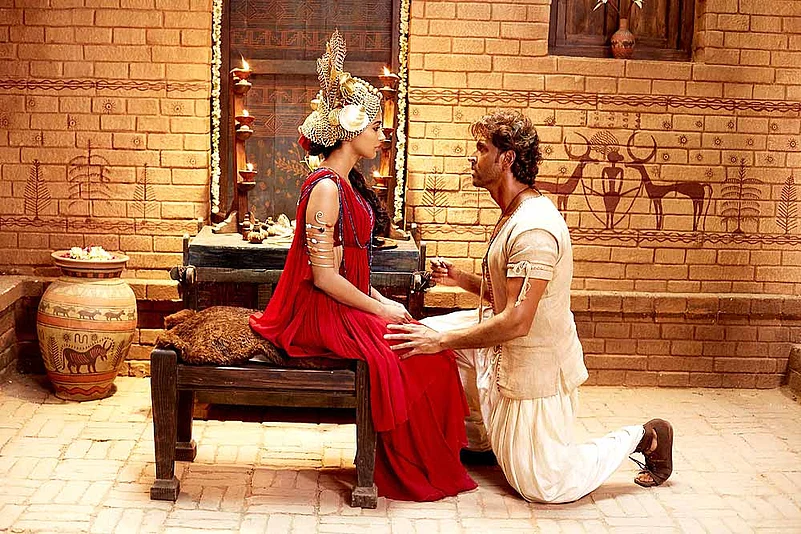
- UTV-Disney
- Mohenjo Daro
- Approximate Budget* 125 Cr
- Collections 53 Cr
Under normal circumstances, Dangal’s phenomenal performance at the turnstiles might have prompted any other studio to plan its next blockbuster, but not Disney. Faced with financial setbacks caused by the failure of big-budget movies such as Mohenjo Daro and Fitoor last year, Disney decided to shut down its movie-making wing in B-town citing “the challenges with the current economic model for investing in the local film industry” without even waiting for the outcome of its at-the-time ambitious under-production project, Dangal. Disney India will, however, continue its operations in other areas such as television, animation and Hollywood projects.
Given the fate of some of the big-budget Bollywood movies made by the big studios in recent times, many had seen it coming, though. “The big studios and other corporates have their own style of functioning as well as model of film-making,” says Pahlaj Nihalani, chairman, Central Board of Film Certification (CBFC). “These companies review their business models every fifth year and take decisions on the basis of their profit and loss margins.”
Nihalani, who was a leading producer for more than two-and-a-half decades before Bollywood was taken over by the big studios, says all the corporates involved in film business are listed companies in the share market. “Their fate in the stock market is determined by the success or failure of their projects. While reports about their films doing Rs 100-crore or Rs 400-crore business boost their prospects on the bourses, flops force them to review their business models,” he says.
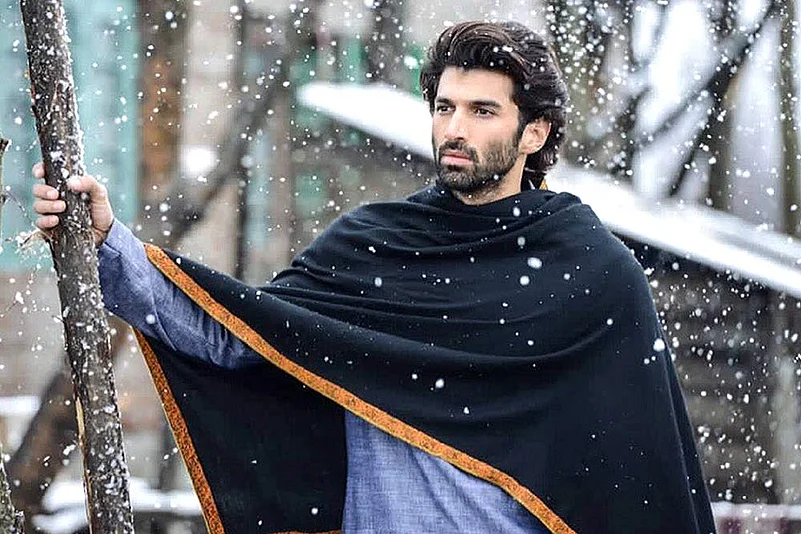
- UTV-Disney
- Fitoor
- Approximate Budget* 75 Cr
- Collections 17 Cr
Despite its past graph, Dangal might have given a flicker of hope for the Hollywood major to rethink its decision, but the studio is yet to take any call in this regard. Disney India did not respond to Outlook’s questions or phone calls to reveal its future plans with regard to Bollywood films.
A few weeks before Dangal, the studio had stunned Bollywood by announcing that it would concentrate on Hollywood movies as part of its credo “to periodically review and align its business priorities in response to evolving market dynamics”.
Ironically, the shift in the studio’s focus was announced in a year when it had raised the box office bars not only for Bollywood films but also for Hollywood movies released in India. In 2016, its Hollywood production, The Jungle Book, pulled off a business of approximately Rs 188 crore, becoming the biggest-ever Hollywood grosser in the country. The studio followed it up in style towards the year-end with Dangal, replacing Aamir’s PK as the most successful commercial Hindi film ever.

- UTV-Disney
- Phantom
- Approximate Budget* 75 Cr
- Collections 51 Cr
But that hardly turned out to be any stimulant for the studio to roll back its decision. In the past two years, there has been a substantial growth in the business of Hollywood movies, both originals and dubbed Indian language versions. The last Spiderman movie was even dubbed in Bhojpuri. A studio such as Disney apparently wants to tap the immense potential of Hollywood projects instead of backing risky Bollywood projects. Disney had a huge disappointment in the Hrithik Roshan-starrer Mohenjo Daro last year. Made at an approximate budget of about Rs 125 crore, Ashutosh Gowariker’s directorial venture could only collect a measly Rs 53.66 crore at the box office, dealing a big blow to the studio which had pinned a lot of hopes on the Hrithik-Gowariker team, which had the success of Jodhaa Akbar (2008) on their resume. That was not the only disappointment of the year for the studio. At least three other big-budget movies—Fitoor starring Katrina Kaif and Aditya Roy Kapoor, Tamasha featuring Ranbir Kapoor-Deepika Padukone and the Saif Ali Khan-Katrina Kaif-starrer, Phantom bit the dust one after another. Other Disney flops included Katti Batti and Sala Khadoos, which incurred losses not so small as to be offset by the profits earned by random hits such as Baaghi.
Nihalani agrees. “Today’s film-making is dominated by seven to eight big stars. Film-making used to be a team work in the past, but now it is the stars who dictate the terms in all aspects, creative or commercial. They make movies for their own banners or those of their friends and relatives. Their share in the profits is, at times, as high as 70 to 80 per cent. So even in case of a massive hit, it is the star, not the studio or the co-producer, who emerges as the biggest beneficiary.”
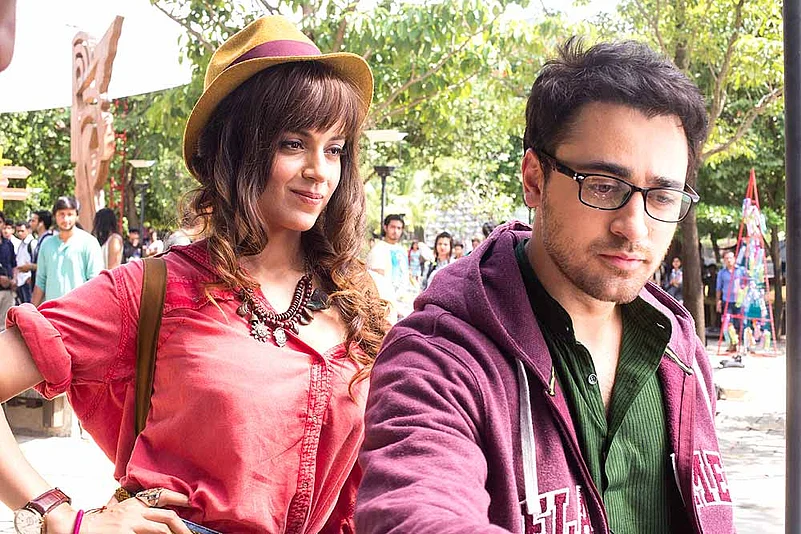
- UTV-Disney
- Katti Batti
- Approximate Budget* 40 Cr
- Collections 23 Cr
Bollywood analyst Nitin N. Sethi says that stars such as Aamir deserve to get such profits. “It is not right to blame big stars for all the financial problems besetting these studios. An artiste like Aamir Khan puts his heart and soul into a project and does only one film at a time. If he gets a substantial part of the profits, he thoroughly deserves it because at the end of the day, his star appeal pulls in the crowds,” he says. “It is basically the unprofessional manner in which some of these studios are running in India that has harmed their prospects.”
Sethi avers that if the foreign studios are in a mess, they are themselves to be blamed. “Why is the same studio which earns millions of dollars through Hollywood movies unable to deliver money-spinners here? There must be something drastically wrong in the way they do their business here.”
Sethi, also the co-founder of Bollywood portal glamsham.com, says the studios do not make judicious decisions in selecting their projects and end up paying the price for it. “Even before Disney, big studios such Warner have exited Bollywood. Others like Fox Studios and Viacom are also struggling now.” Sethi has a point. Disney is not the only big studio facing the heat of duds in recent months. Fox Star Studios had its own Mohenjo Daro-like damp squib when Anurag Kashyap’s Bombay Velvet crashed despite a big star cast. It also had other big flops in Akira and Traffic last year but managed to tide over the crisis with the good returns generated by M.S. Dhoni – The Untold Story and Neerja.
Fox Star Studios too had entered into a Rs 500-crore deal with Karan Johar’s Dharma Productions some time ago to co-produce and distribute nine films. Their partnership has since borne fruit with Kapoor & Sons and Ae Dil Hai Mushkil clicking at the box office, but other big-budget projects under their joint banner such as Shandaar, Brothers and, more recently, OK Jaanu failed to live up to expectations.
Eros International too had its share of flops last year, the biggest being Rock On 2, sequel to the 2008 movie that marked Farhan Akhtar’s acting debut. The success of Akshay Kumar’s Houseful 3 was the saving grace. Despite the duds, the company remains undeterred and plans for many movies. Another big studio, Viacom 18 Motion Pictures, also had box office turkeys like Force 2, Budhia Singh Born to Run and Santa Banta Pvt Ltd in 2016. It had scored its last hit in Pyaar ka Panchnama 2 in 2015.
In the past, other Hollywood majors such as Warner Brothers and Sony Pictures have also dabbled in Bollywood film production only to burn their fingers. Out of the eight movies made by Warner Brothers, six turned out to be disasters in box office parlance—Akshay Kumar-Deepika Padukone starrer Chandni Chowk to China (2010) being the major letdown. Warner has not made any movie since 2011. Sony Pictures had a disastrous debut with Ranbir Kapoor in Saawariya (2007), and its biopic Azhar, where Emran Hashmi played the former Indian cricket captain Mohammed Azharuddin, also failed to click last year.
Many in the industry believe most studio honchos and their management-savvy teams lack in a vital, though intangible ingredient: a sharp movie sense. “Movies are a creative business but they tend to treat cinema merely as a commodity,” says a former employee of a Mumbai-based big studio who does not wish to be identified.
She may well have a point. Compared to foreign studios, the home-grown ones such as Yashraj Films and Dharma Productions, nurtured by the likes of Aditya Chpora and Karan Johar, have had far better box-office records because of their film background while those run by the corporate bosses, innocent of the nitty-gritty of showbiz, have floundered over the years. From Reliance Big Pictures and PVR Pictures to Sahara Motion Pictures and Saregama’s movie division, many Indian corporates failed to make any impact in tinsel town.
Nihalani believes that the current model of film-making is not conducive for the growth of the industry in the long run. “Hollywood studios and corporate houses will have to change their model of film making if they want to survive,” he says. “Bollywood is immensely popular even abroad, so the movie business will survive with or without them. It’s only the model of film-making that will keep changing. The film industry is like a musafirkhana (inn) where people come and go.”
The CBFC chairman says that the studios will have to make “Hindustani” films, such as Dangal and Sultan, having a pan-India appeal, to stay afloat. “The studios will never succeed if they keep investing in the multiplex-centric movies meant for select audiences only. Even Shahrukh Khan had to reinvent himself with Raees.”
Nihalani, however, also has a word of caution. He thinks that any model will go bust if the stranglehold of big stars is allowed to continue. “How long will the reigning stars at the top continue? May be in five years or so from now, this model will collapse if nothing is done to nurture new talent the way it used to be done in the past.”







